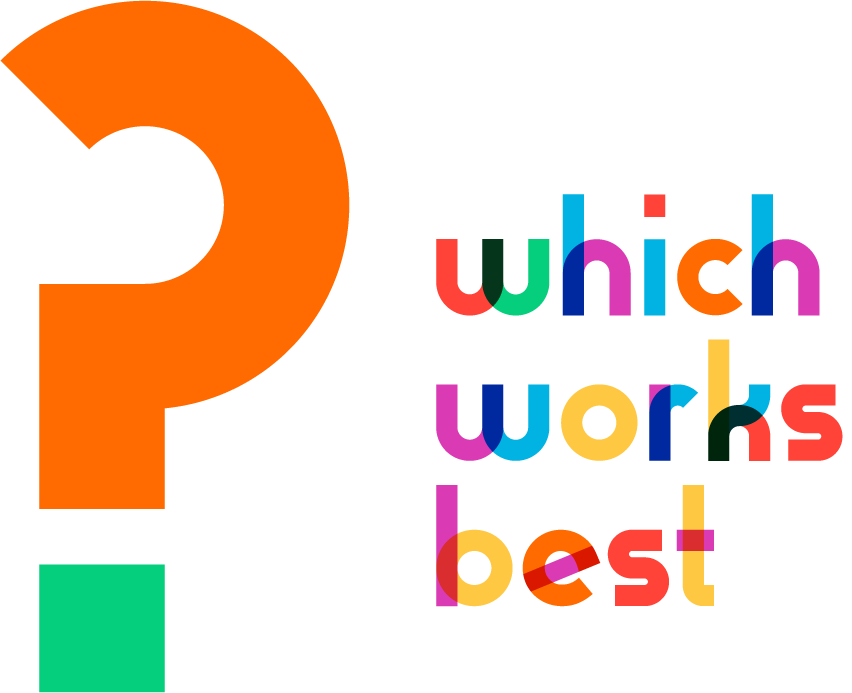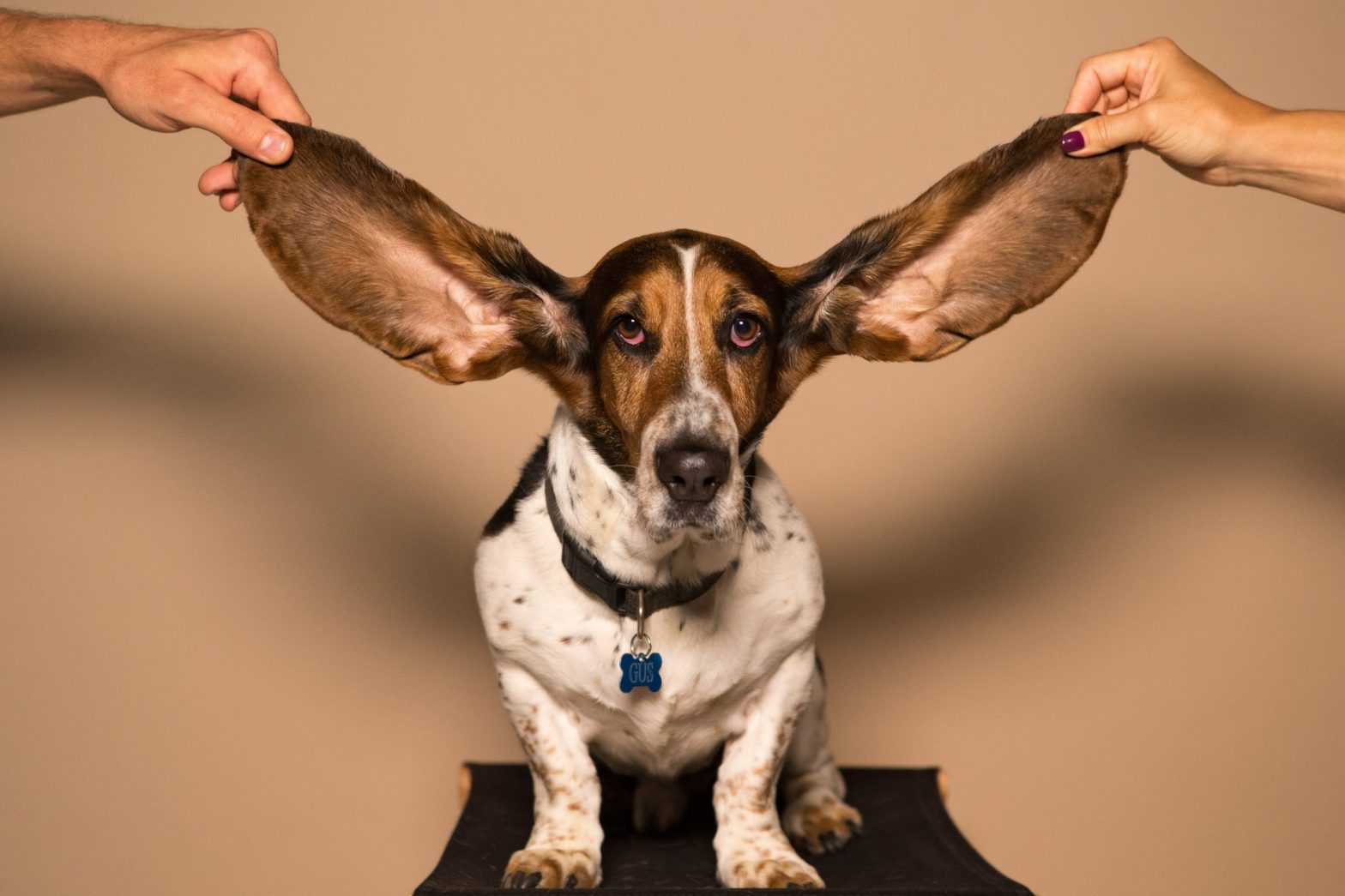The disconnect between the price trajectories of healthcare versus consumer electronics — the first doubling every 10 years, the second halving every three years — is one of the most glaring of the 21st century.
In coming months, that gap will start to close for people with hearing loss, as FDA-approved over-the-counter hearing aids appear on the market.
Traditional hearing aids cost up to $3,000 a piece. They’ve required a prescription, plus an audiologist’s fitting and tuning, yet were not covered by most insurance plans or Medicare. Of an estimated 30-40 million Americans with hearing loss, fewer than 1 in 4 have hearing aids. (Source.)
New FDA standard over the counter hearing aids will cost just hundreds of dollars. (Want lots more facts, figures and prognostications? Read my essays about the impact of technology innovation on medical devices and services.)
While the trade group for hearing aid manufacturers (portentously hosted at hearing.org!) lobbied for OTC hearing aids to be limited to people with mild hearing loss, the legislation included people with moderate hearing loss.
Currently you can buy a “personal sound amplification product,” known as a PSAP, in a pharmacy, but quality varies greatly. A study in 2017 found that for people with hearing loss, a prescription device boosted comprehension from 75% of words to 88%. Four of five PSAPs tested boosted comprehension to 81.4% to 87.4%. (One did worse than nothing!)
The process began in 2017, when the FDA Reauthorization Act of 2017 passed Congress and was signed into law. The act instructed the FDA to permit OTC hearing aids by 2019.
In March, CVS closed 30 in-store “hearing centers” across the country in recognition for the shifting market.
Meanwhile, stripped of their role as gatekeepers to hearing aids, audiologists are scrambling to reposition themselves. “Dependence on the audiogram is old-school and leads to a one-size-fit-all approach to hearing care,” wrote Weinstein, Barbara, a professor of audiology, in a trade publication for audiologists. “And with the passage into law of Section 709 of the FDA Reauthorization Act of 2017 (FDARA) that includes the Over-the-Counter (OTC) Hearing Aid Act, we must abandon this way of thinking. A maturing of our philosophy as audiologists should emerge from the disruptions presented by the FDARA, with an emphasis on the value added of engaging with audiologists.”
Critics argue that the “tuning” currently touted by audiologists is an artifact of a pre-digital age. “It’s true that we don’t go in and individualize each one, but [professional fitting] is an ancient byproduct of a time 30 years ago when [hearing aids] really needed to be tuned,” Christian Gormsen, CEO of Eargo, which makes hearing aids and sells them directly to consumers, told WebMD.
For now the only quality standard for OTC hearing aids will be the FDA’s, meaning manufacturers will strive to be “good enough” and probably compete only on price and aesthetics. If Underwriters Labs ever introduced testing and benchmarking for consumer medical devices (oximeters, hearing aids, heart rate monitors, sleep monitors), we might see companies put more effort into achieving objective excellence on metrics and utilities beyond size and design.




